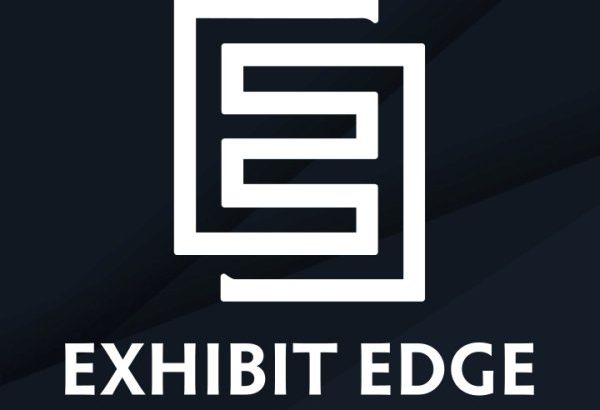So today we continue to look for ways of cutting trade show costs between shows by looking at warehouse storage costs, how to calculate them, and other related fees that may be charged. As long as you know the dimensions of each exhibit carton, case, and crate, you can verify your own storage costs. The way we do it at Exhibit Edge is to measure the items in inches and multiply the three dimensions together. That will give you cubic inches. Now divide that number by 1,728 to get cubic feet. 1,728 is just the total of 12 x 12 x 12, which is a cubic foot in inches. Most exhibit companies charge storage by cubic feet, so knowing this calculation will help you verify your storage costs.
So now you have purged your exhibit properties and verified your storage cubic footage against the storage rate – that’s it, right? You just need to compare companies to get the best storage rate, but you should first ask if there are any other fees associated with pulling, loading, or unloading your exhibit that are related to storage.
Some companies will charge a drayage rate to load and unload freight. Yes, drayage can be charged where your freight is stored, not just at the showsite. So make sure you ask if there are any in-house drayage fees. A 4,000 lb. exhibit may only take 30 minutes to load on a truck, but if a drayage rate is charged, then that same shipment that only costs $45 by the hour to load may cost $400 if a warehouse drayage rate is charged.
Other fees may include automatic refurbishment costs and hourly rates to pull and prep your exhibit. Some companies will charge a set flat fee to pull and prep your exhibit, which includes a full setup in the warehouse every time it goes out. For example: Take a 2,000 lb. 3 crate 10 x 10 custom exhibit to pull and prep, which includes a full warehouse setup. It could be agreed upon to charge it at a flat rate of $1,500 per show. It’s a good way to budget and control costs, but is it the best deal for you? You have to decide. If the exhibit company has a very detailed inventory of your exhibit, it may only be necessary to do an open crate or case inspection instead of a full setup. At $1,500 per show that equals somewhere between 15 and 20 hours of warehouse time. An open crate inspection may only cost half that time.
Bottom line: different companies have different procedures and inventory capabilities to prepare your exhibit. The costs can vary significantly. You can decide what services you really need, and can negotiate the price. Don’t get sucked into the story that if the exhibit company doesn’t do a full warehouse setup, then they cannot guarantee that your exhibit was pulled correctly. Do you really need your exhibit setup twice for every show? Again, you decide. Charging by the hour and open crate inspections can reduce your costs versus flat fees and warehouse drayage. While you are asking, see if the company has in-house weight scales. This can be an important tool to verify transportation costs and show site drayage.
